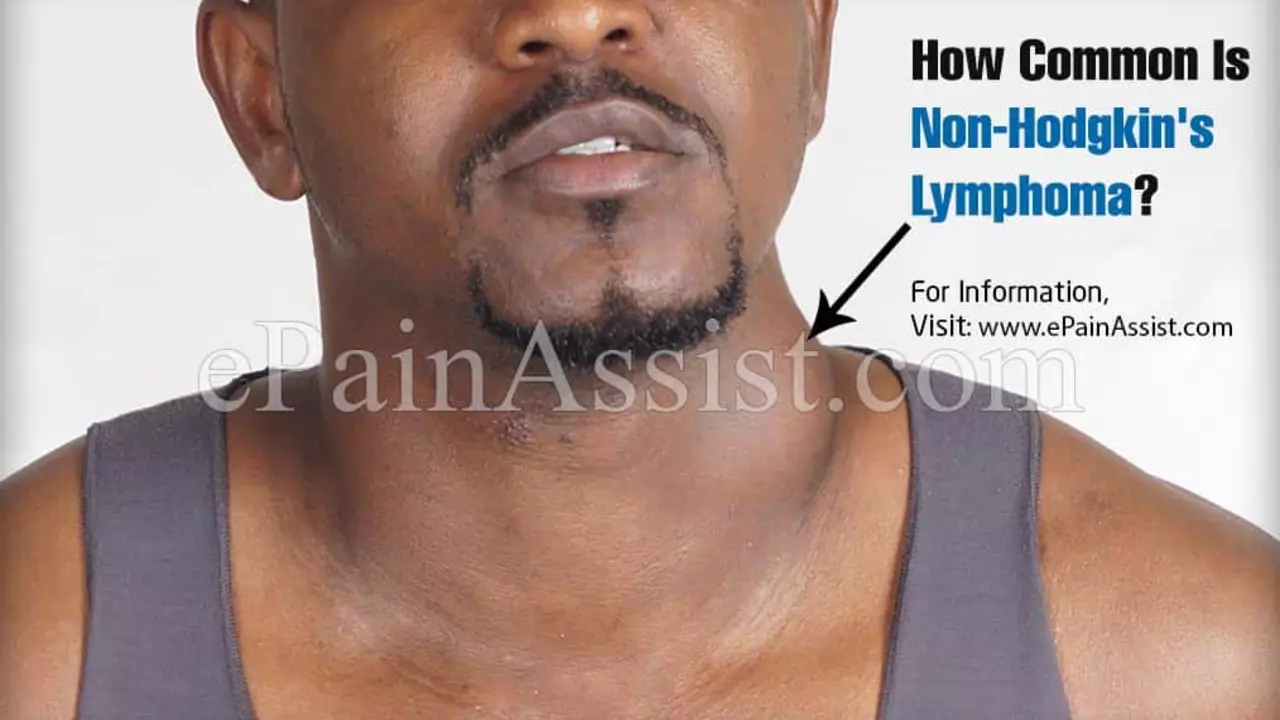Hodgkin's disease — Symptoms, Diagnosis & Treatments
Hodgkin's disease (Hodgkin lymphoma) is a cancer of the lymphatic system that often responds well to treatment. If you or a loved one get this diagnosis, you can expect a clear plan and many treatment options. This page gives the straightforward facts you need right away: typical signs, how doctors confirm it, main treatments, and practical steps to feel more in control.
How Hodgkin's disease is diagnosed
Most people notice painless swollen lymph nodes in the neck, armpit, or groin. Other common signs are unexplained fevers, night sweats, sudden weight loss, and persistent itching. These symptoms don’t always mean cancer, but they should lead to a check-up.
Diagnosis usually starts with a physical exam and blood tests. Imaging like CT or PET scans shows where disease might be. The key test is a lymph node biopsy — removing part or all of a node so a pathologist can look for Reed–Sternberg cells, which point to Hodgkin’s. Sometimes bone marrow tests are done for staging.
Staging tells the team how far the disease has spread and guides treatment choices. Expect doctors to combine scan results with your symptoms and biopsy findings to decide a stage and plan.
Treatment options and what to expect
Treatment depends on stage, age, and overall health. For many, chemotherapy alone or chemo plus radiation cures the disease. A common chemo regimen is ABVD. Newer options include targeted drugs and immunotherapy for specific cases or relapses.
If Hodgkin's comes back after first treatment, stem cell transplant and newer targeted agents can be very effective. Your care team will explain risks and likely side effects so you can weigh choices.
Side effects are common but manageable. Expect fatigue, nausea, hair loss, and low blood counts during chemo. Ask about medicines to prevent nausea, growth factors to boost blood counts, and tips to reduce infection risk. Fertility can be affected — talk about egg or sperm banking before treatment if that matters to you.
Follow-up care matters. After treatment you’ll have regular scans and exams for several years. These visits check for recurrence and manage long-term effects like heart or lung changes from past therapy.
Practical tips: keep a treatment notebook, bring a friend to appointments, track symptoms and fevers, and ask for written treatment schedules. If fever over 100.4°F (38°C) or sudden heavy bleeding occurs, contact your care team or nearest ER right away.
Questions to ask your doctor: What stage is this? What are the recommended treatment options and side effects? How will this affect my daily life and fertility? What support services are available? How often will I have follow-up checks?
Facing Hodgkin's is easier with clear info and a caring team. You can find detailed articles about medications, side effect management, and getting support on RX2Go.com. Read, prepare questions, and lean on your medical team — most people with Hodgkin’s go on to live full lives after treatment.
